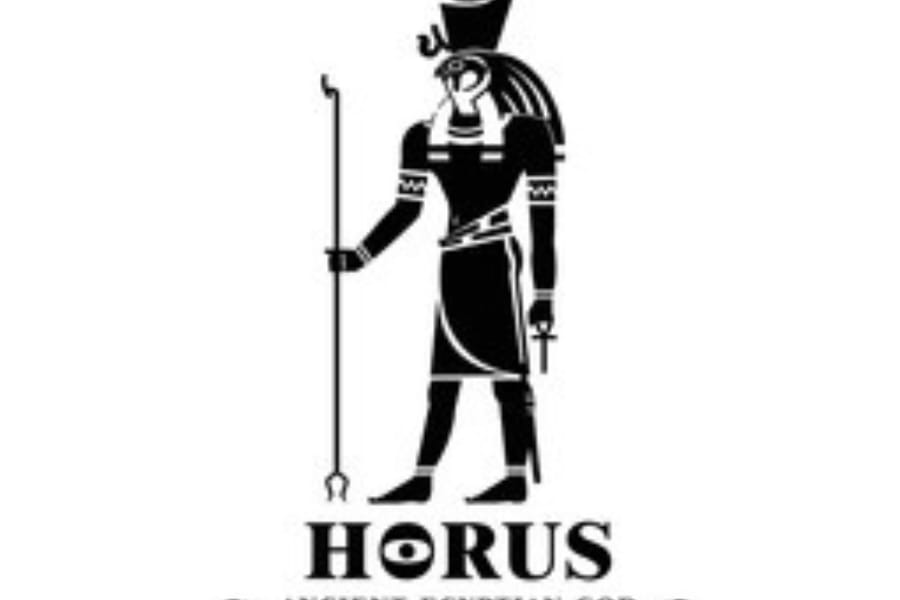The Egyptian Dog God Anubis – Myths, Worship & Legacy
Ancient guardian of tombs, master of mummification, and guide of souls—ranks among the oldest Egyptian deities. Usually shown as a sleek black canid or a man with a jackal’s head, he protected the dead, supervised embalming, and ensured fair judgment in the afterlife.
In this guide, you’ll explore Anubis’s origins and family, names and titles, symbols and scenes (especially the weighing of the heart), worship centers like Cynopolis, and later interpretations such as Hermanubis—plus quick facts and FAQs for fast reference.
Who Is the Egyptian Dog God Anubis?
Anubis (Ancient Egyptian: Inpu/Anpu) is the god of mummification, guardian of the necropolis, and protector of the dead. He appears very early in Egyptian history and is frequently depicted keeping watch over tombs or supervising funerary rites.
Name, Titles & Meaning
Anubis is the Greek form of Inpu/Anpu. His epithets include “First of the Westerners” (a title for the ruler of the dead), “Lord of the Sacred Land” (the desert necropolis), and “He Who Is Upon His Mountain” (the cliffs guarding cemeteries). Each title underlines his authority over burial grounds and the journey beyond.
Origins & Family OF THE Ancient Egyptian Dog God
Traditions vary: in early sources, he is a son of Ra; after integration into the Osiris cycle, he becomes the son of Osiris and Nephthys. Regardless of lineage, his role stays constant: protecting the dead and overseeing the rituals that prepare them for eternity.
Iconography & Symbolism
Black Canid (Jackal/Dog)
Anubis’s black color is symbolic—not naturalistic—representing both bodily decay and the fertile black silt of the Nile that signals renewal. It makes him the perfect divine overseer of preservation and rebirth.
Ankh, Scales & Funerary Pose
He often holds the ankh (life) and features prominently in the weighing of the heart, where a soul’s heart is balanced against the feather of Ma’at. His classic pose—leaning over a bier—signals protection and expert care during mummification.
Core Roles of the Ancient Egyptian Dog God
1) God of Mummification
Anubis supervises embalming and funerary preparation, ensuring the body is properly preserved for the afterlife.
2) Guardian of Tombs & Necropolis
As the vigilant protector of cemeteries, he prevents desecration and guarantees respect for the dead.
3) Weighing of the Heart
He calibrates the scales during judgment—if the heart is lighter or equal to the feather of truth, the soul proceeds; if heavier, it is devoured by Ammit.
Worship & Cult: Cynopolis (City of the Dog)
Anubis was revered throughout Egypt, with a notable cult center at Cynopolis. Priests—often male—wore wooden masks during rituals, and dedicated dog necropolises underline his sacred canid identity.
Myths, Syncretism & Legacy of the Egyptian Dog God Anubis
Set as a Leopard
A late tale says God Set once approached Osiris’s body in a leopard’s disguise, only for Anubis to seize and brand him—an imagined origin for the leopard’s spots in Egyptian lore.
Hermanubis (Greco-Roman Era)
In Greco-Roman times, Anubis’s role as a psychopomp fused with Hermes, creating Hermanubis—a human figure with a jackal’s head and the caduceus, symbolizing guidance for souls.
Quick Facts about the Egyptian Dog God
- Domain: mummification, funerary rites, protection of tombs, fair judgment.
- Forms: black canid (jackal/dog) or man with a jackal’s head.
- Key symbols: black color (decay/renewal), the scales, ankh, and funerary jackal.
- Cult: widespread; major center at Cynopolis (City of the Dog).
- Also searched as: ancient Egyptian dog god, Egyptian dog gods, Egyptian dog god Anubis.
Conclusion
From guarding graves to weighing hearts, Egyptian dog god Anubis embodies protection, justice, and the promise of renewal—one of the most enduring images in all of ancient Egypt.
See Anubis Scenes with Expert Egyptologists
Join our guides in museums and temples to spot weighing-of-the-heart scenes and Anubis statues up close:
FAQ – Egyptian Dog God Anubis
Is Anubis a dog or a jackal?
He appears as a black canid—often described as a jackal or dog—reflecting an ancient wild canid native to Egypt.
What happens during the weighing of the heart?
A heart is weighed against the feather of Ma’at. A balanced or lighter heart continues to paradise; a heavier heart is devoured by Ammit.
Did Anubis have dedicated temples?
His cult was widespread, with important activity at Cynopolis. Shrines and dog necropolises attest to his popularity.







